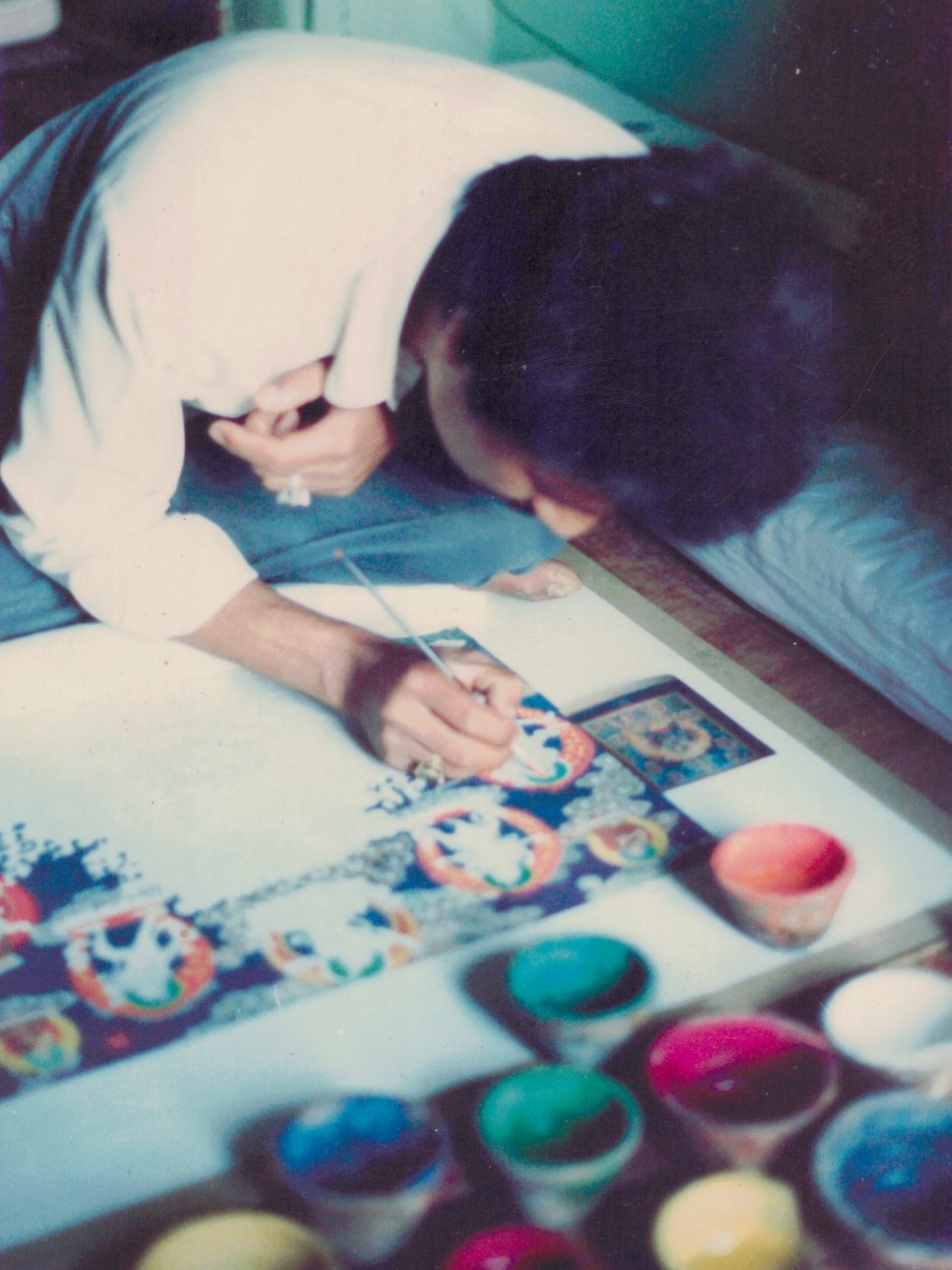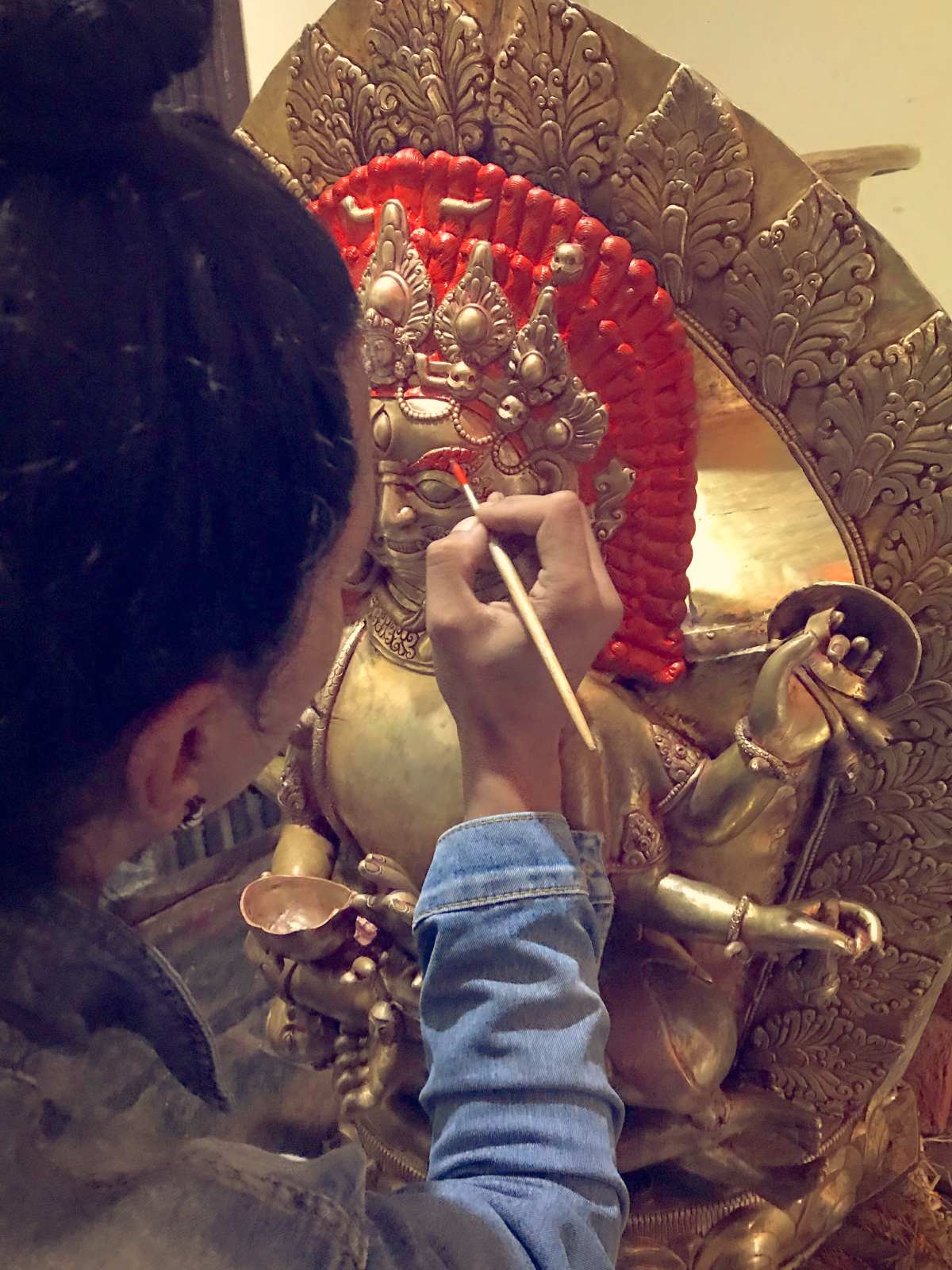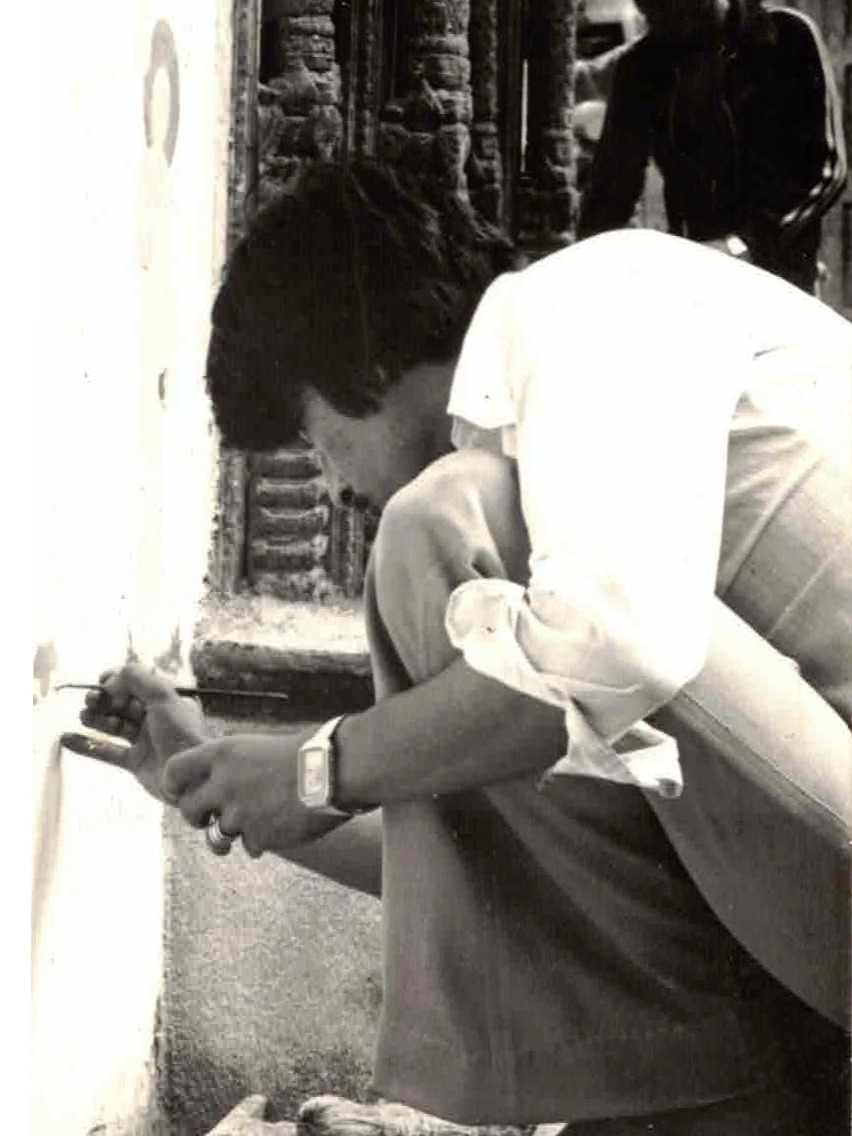Who are Chitrakars?



The Chitrakars are a hereditary artist caste within the Newa community of Nepal’s Kathmandu Valley, traditionally known for their exceptional skill in religious painting, particularly the creation of paubha art. The term "Chitrakar" comes from Sanskrit, meaning "image-maker" or "painter," reflecting their central role as visual storytellers and custodians of sacred imagery. For centuries, they have been entrusted with producing intricate paintings that serve as devotional objects, meditation aids, and ritual tools within both Buddhist and Hindu practices.
Rooted deeply in Newa culture, Chitrakars have long been responsible for decorating temples, monasteries, and shrines with detailed depictions of deities, mandalas, and spiritual narratives. Their art, especially paubha scroll paintings, is characterized by precise geometry, rich symbolism, and the use of natural pigments often enhanced with gold and mineral colors. These paintings are not mere decorative pieces; they function as sacred scriptures and are crafted with strict adherence to religious iconography, making the role of a Chitrakar as much spiritual as it is artistic.
Traditionally, Chitrakar skills and knowledge have been passed down through generations by oral instruction and apprenticeship within families. This training encompasses not only artistic techniques but also an understanding of religious symbolism, ritual importance, and spiritual discipline, all essential to accurately rendering divine forms. The creation of a painting is often accompanied by rituals and prayers, underscoring the sacred nature of their work.